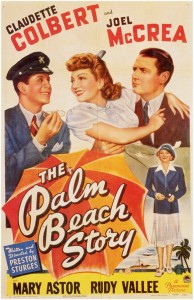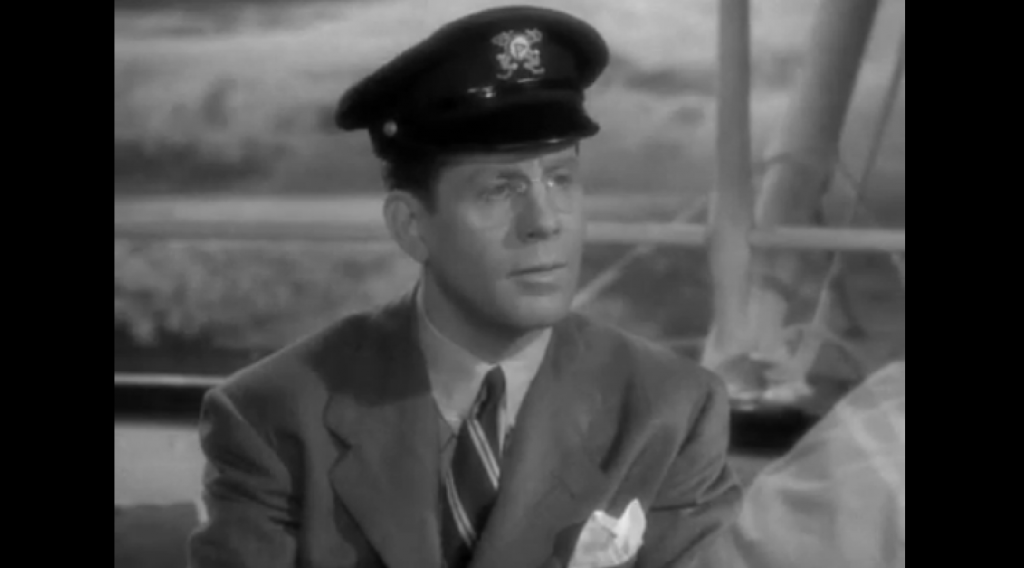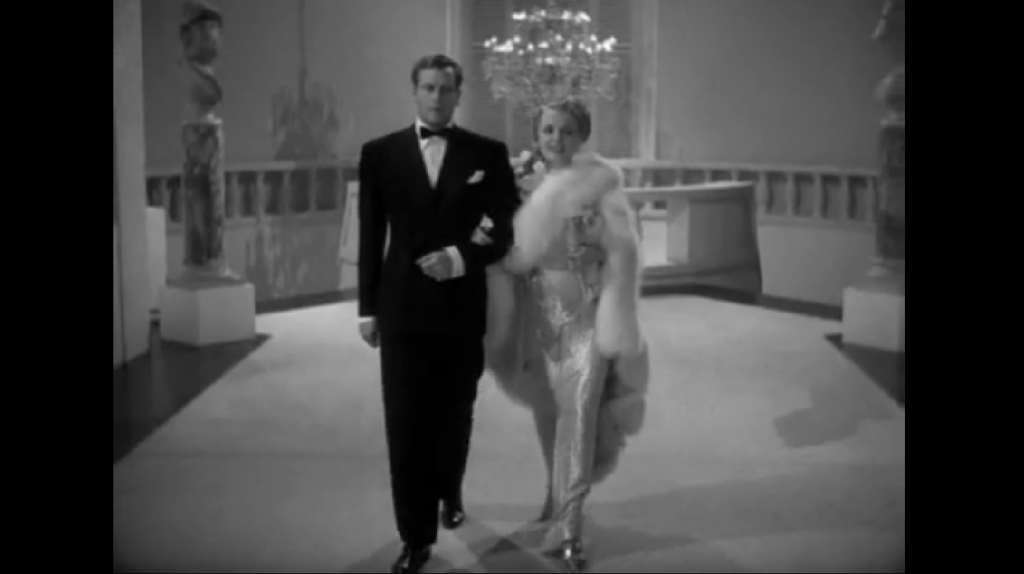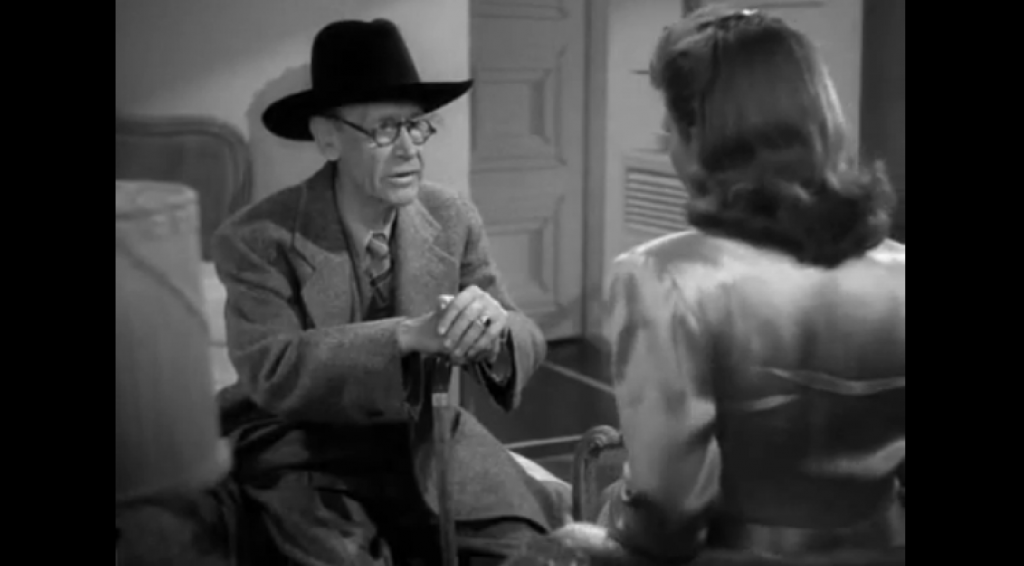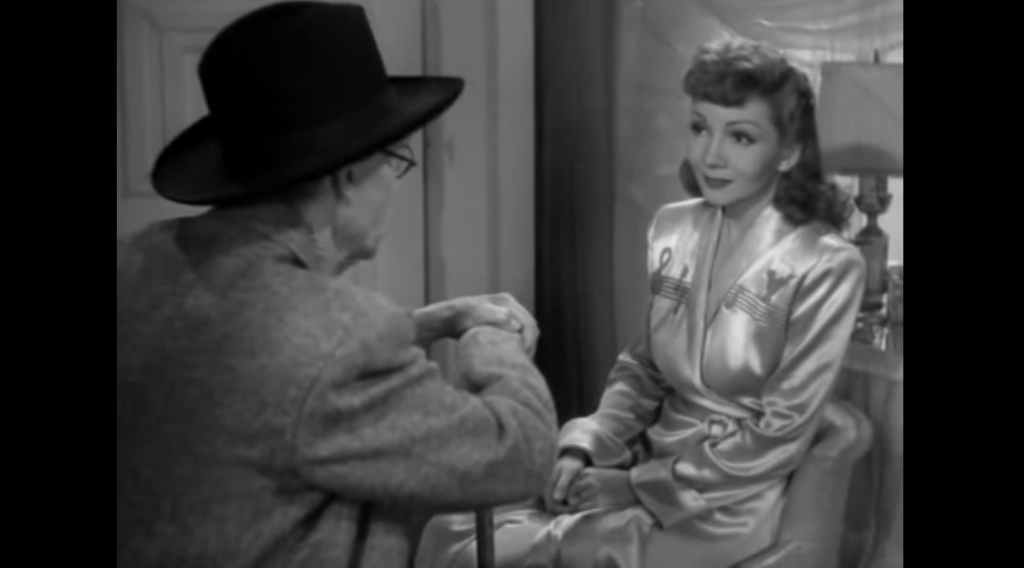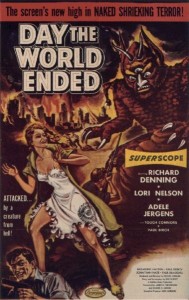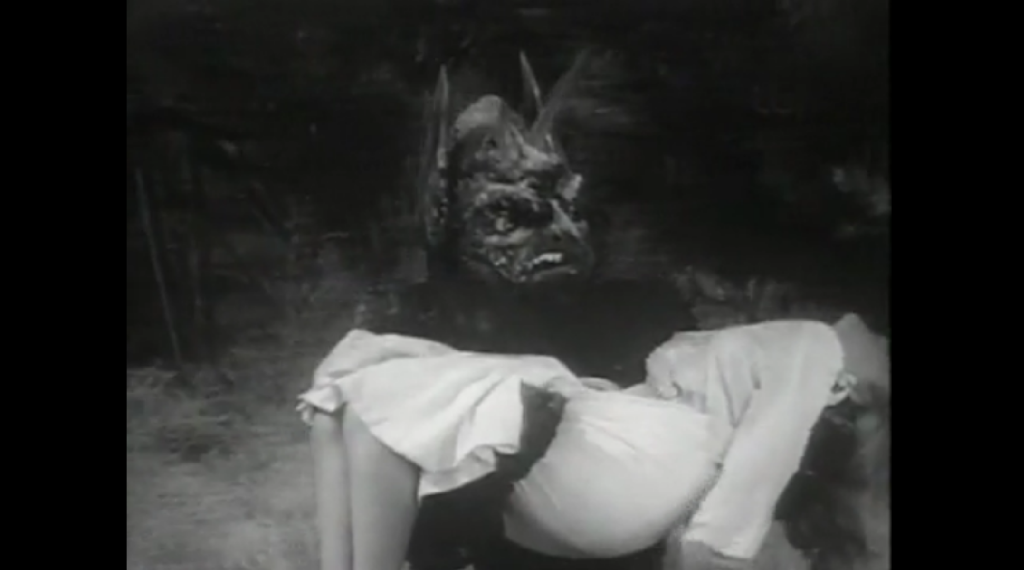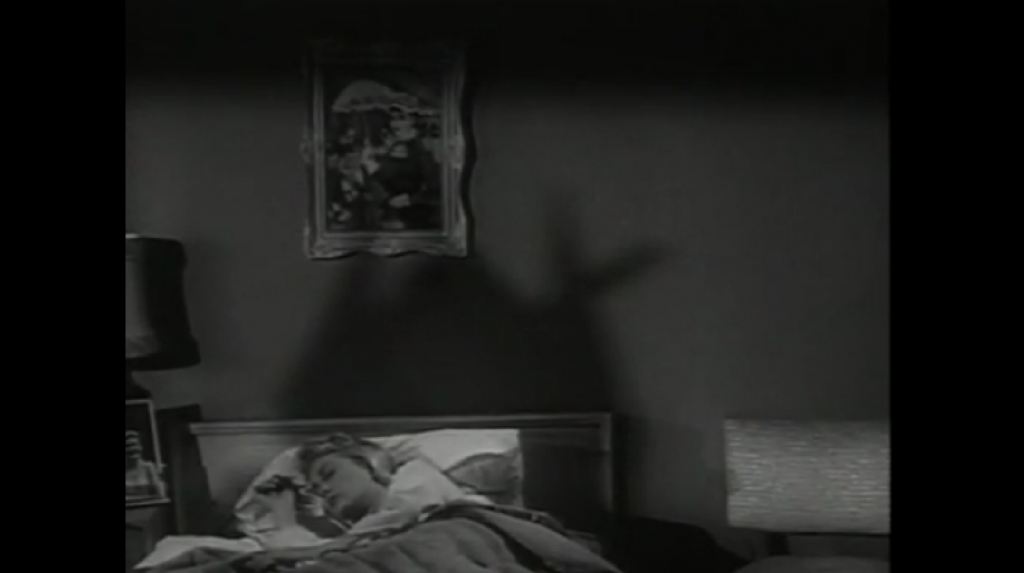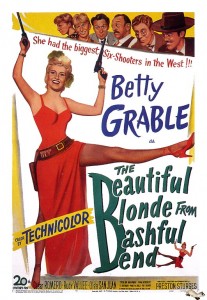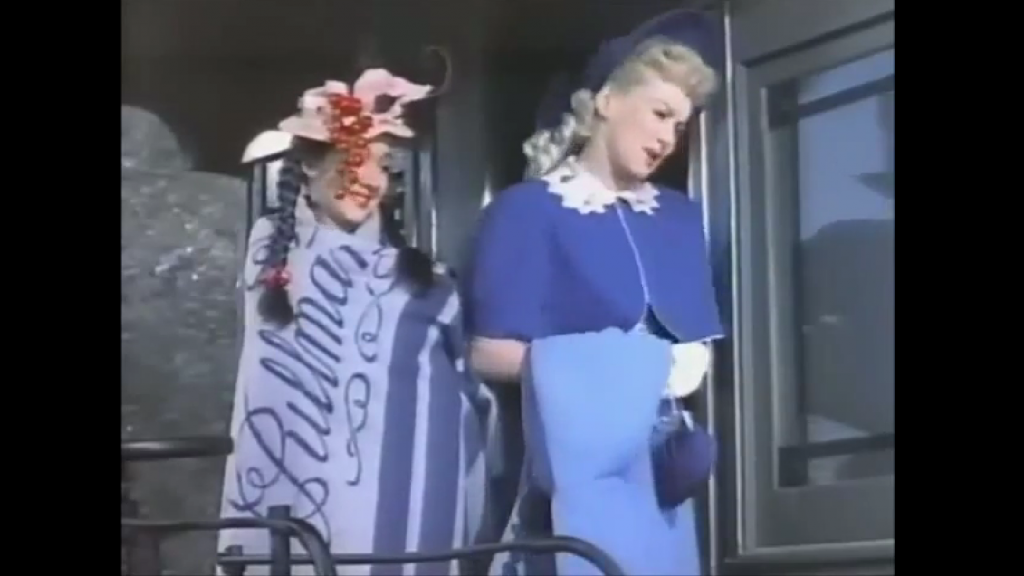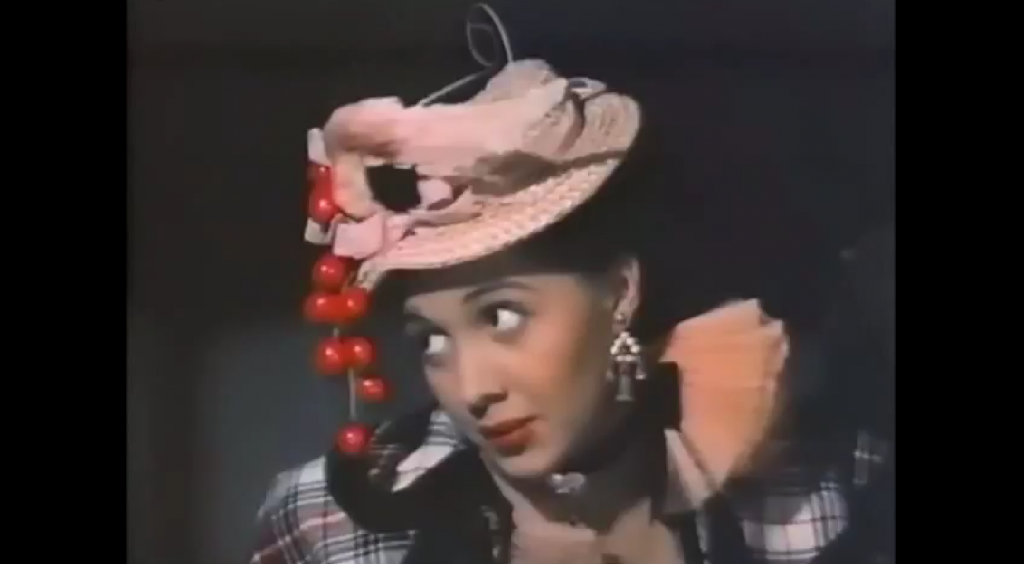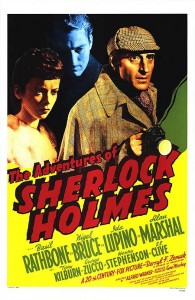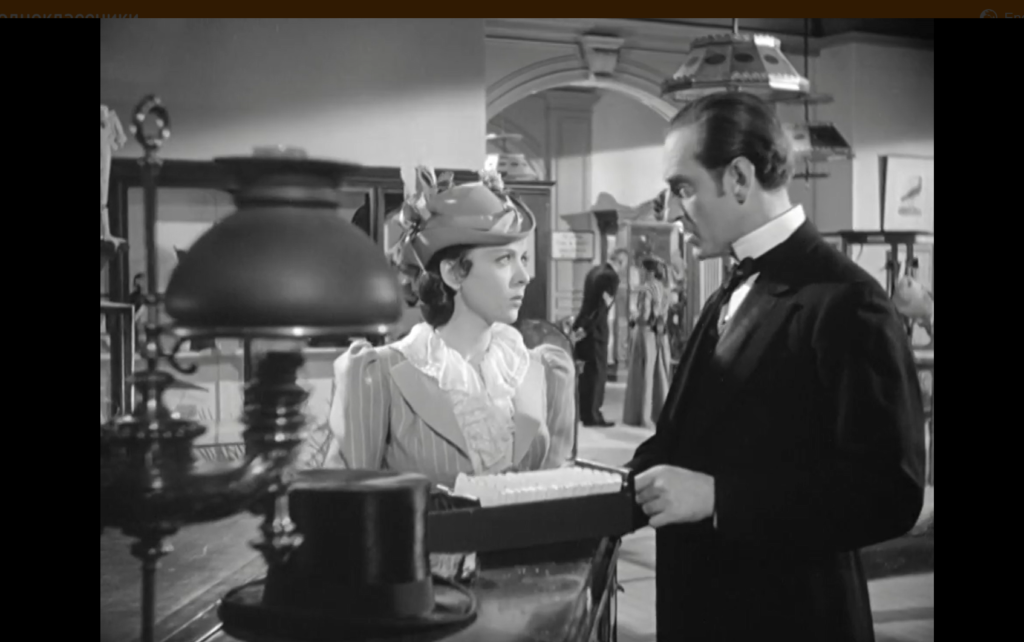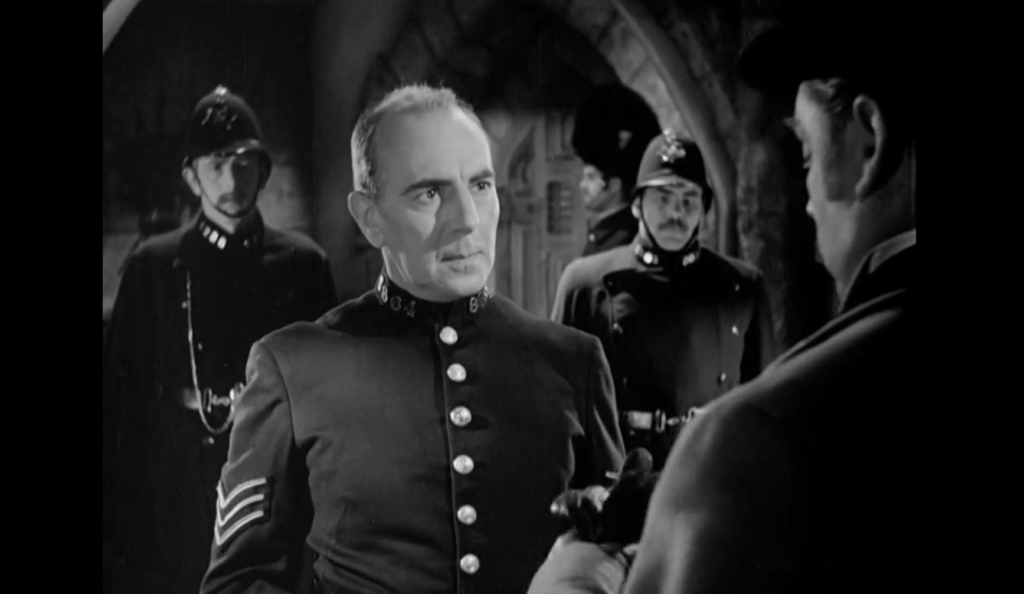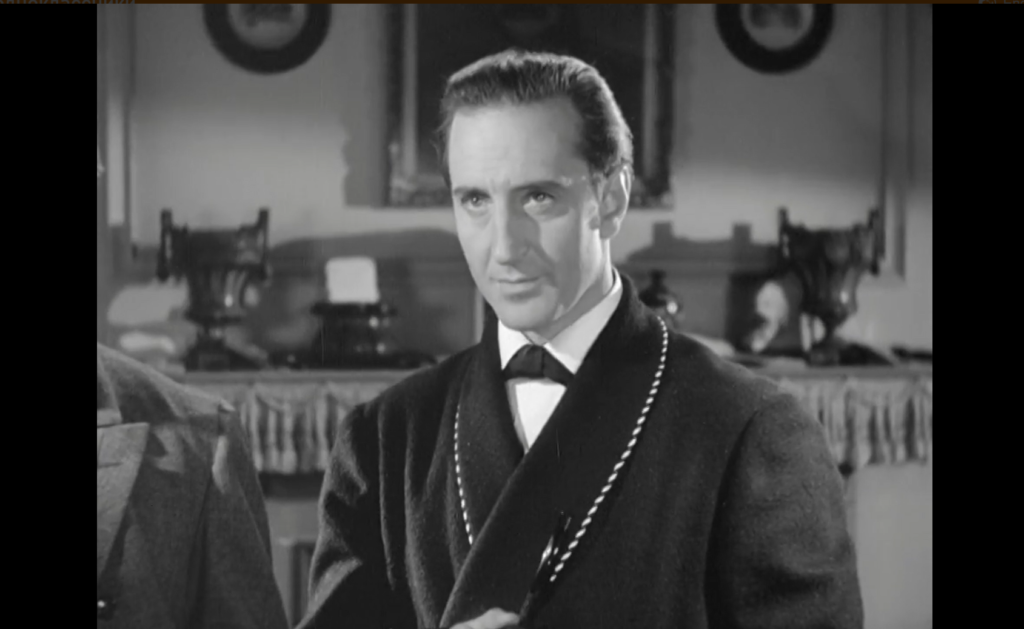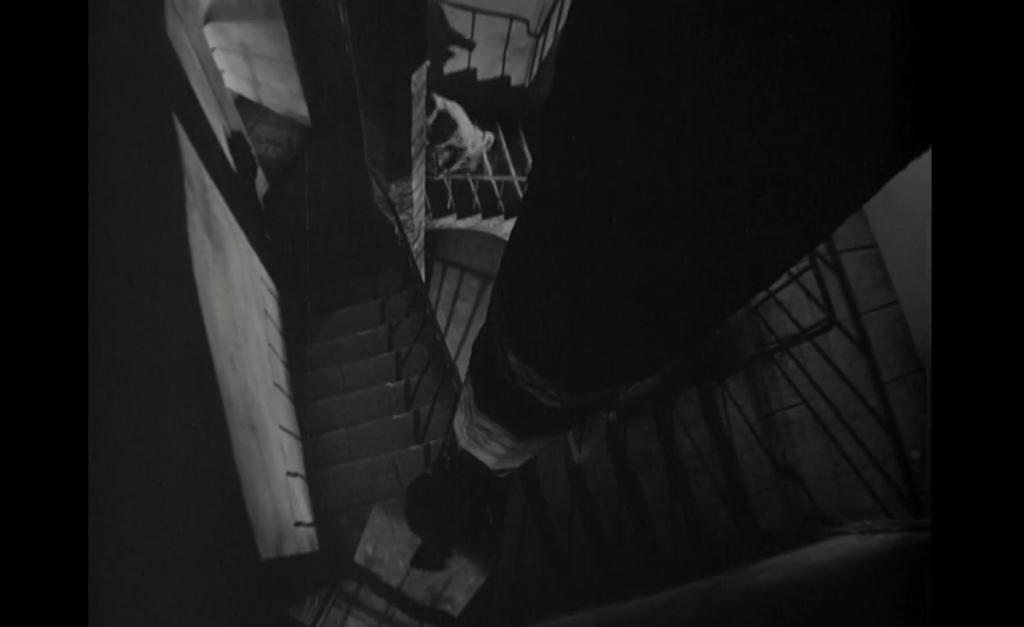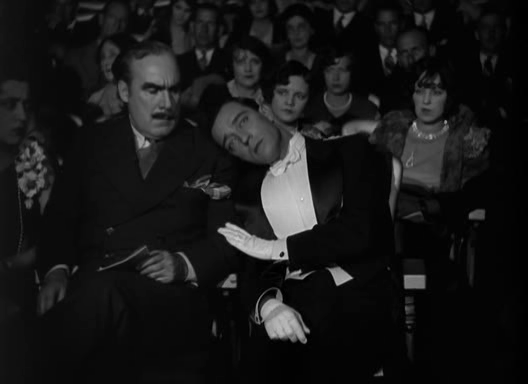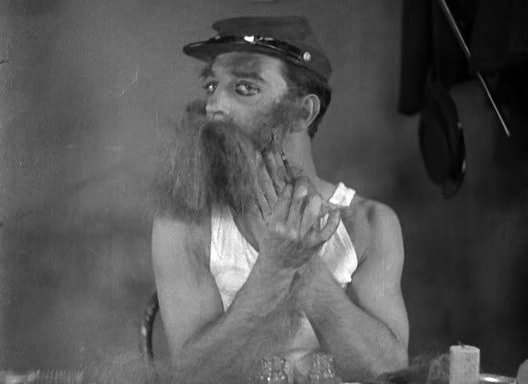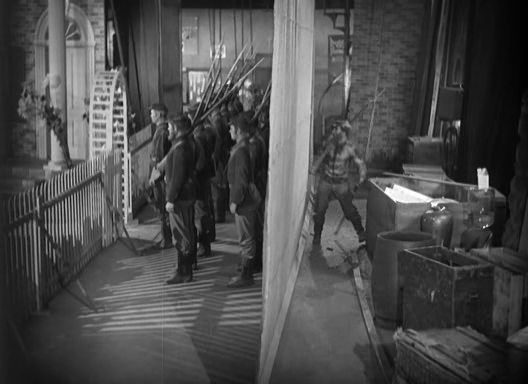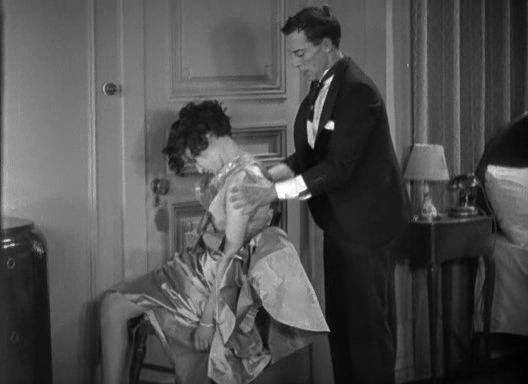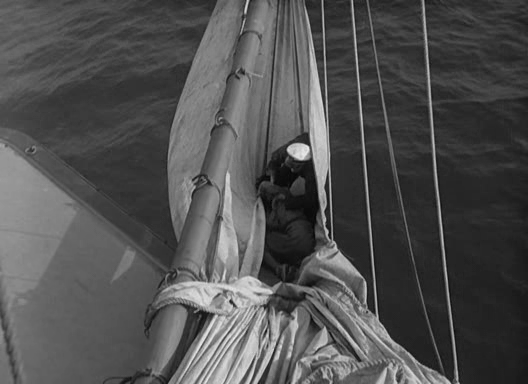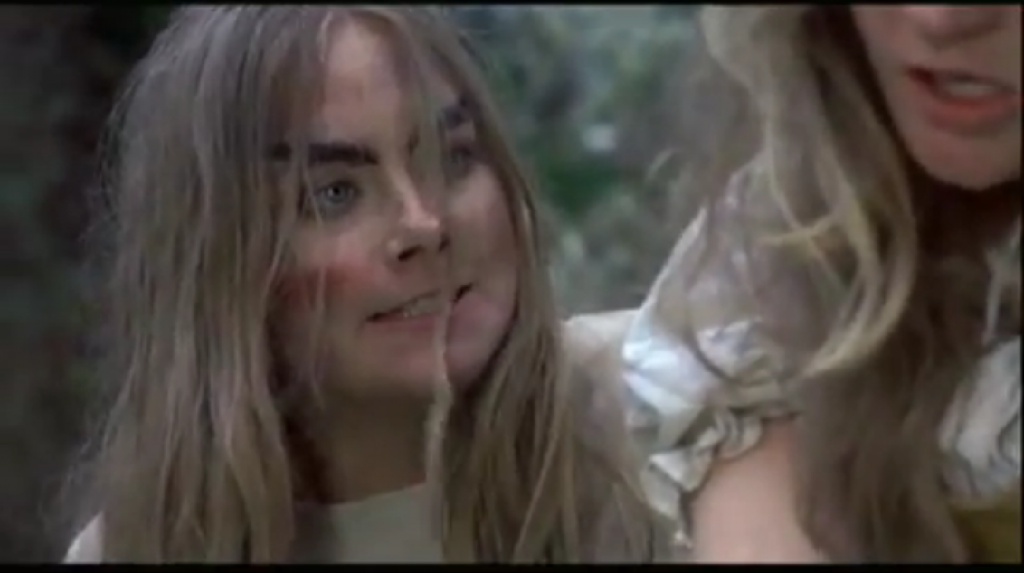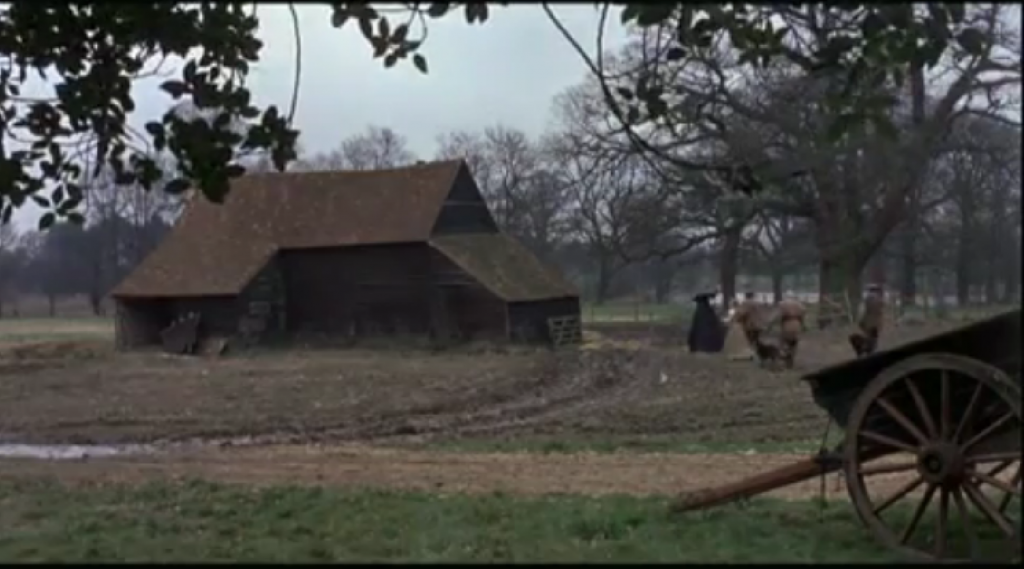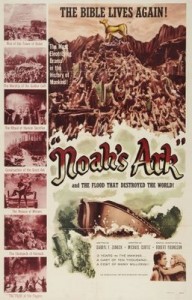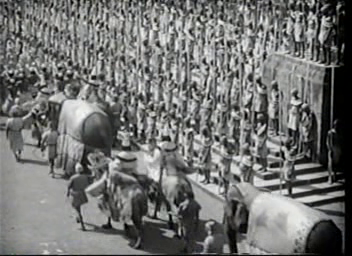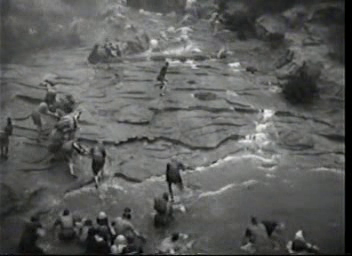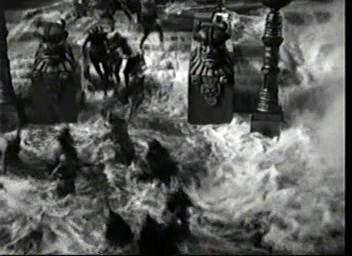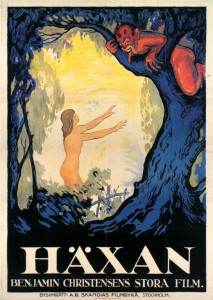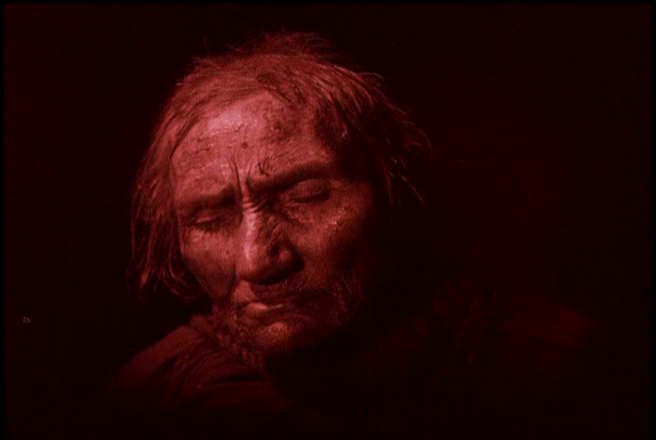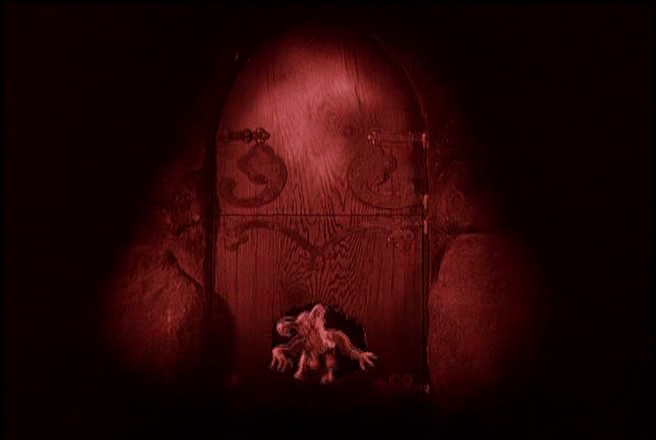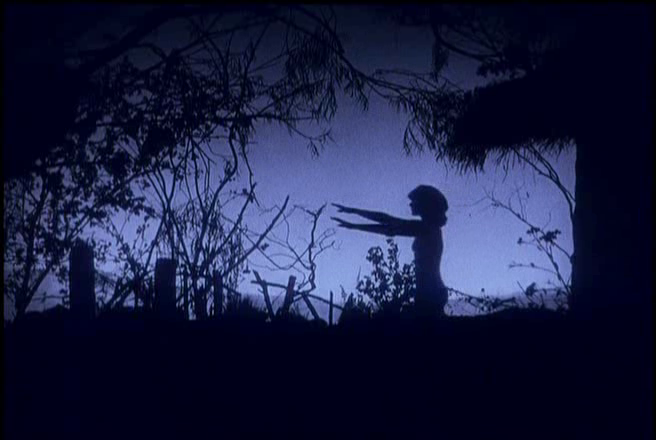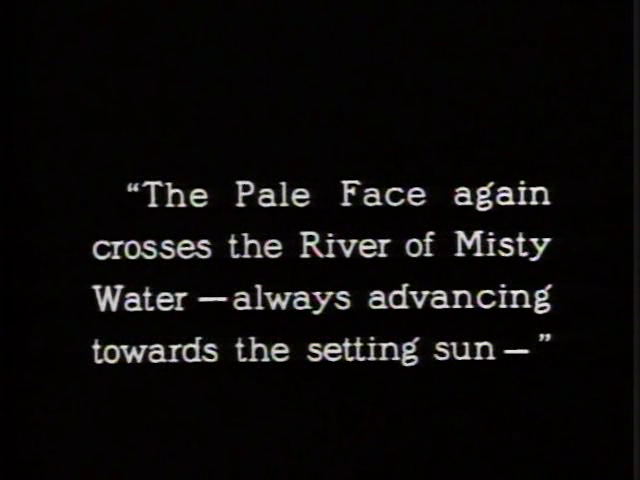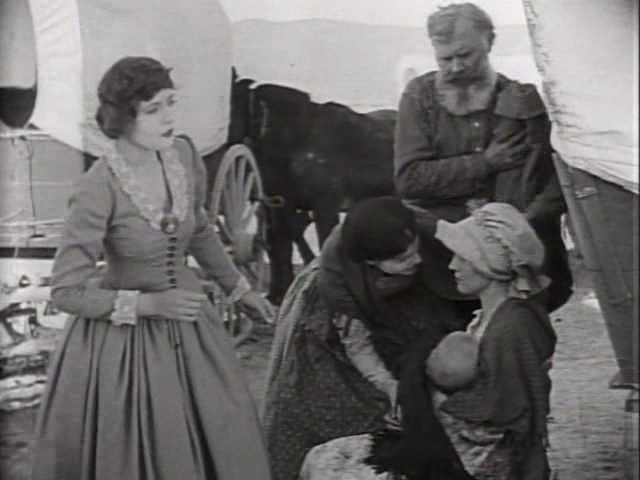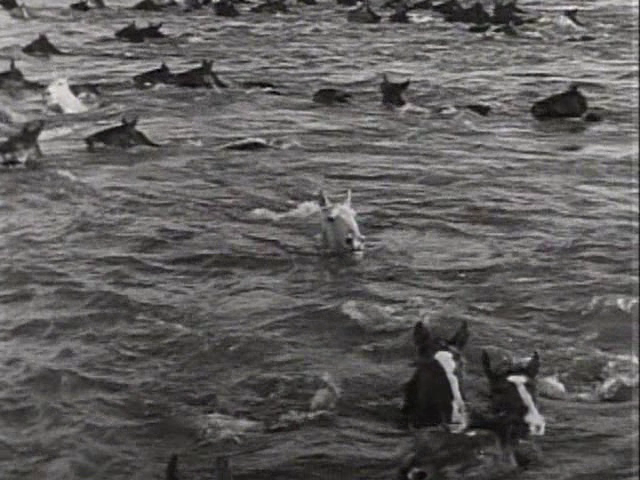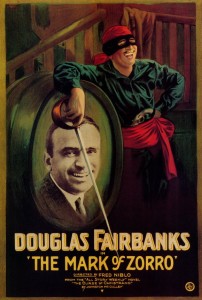Palm Beach Story, The (1942)
“You have no idea what a long-legged gal can do without doing anything.”
|
Synopsis: |
|
Genres, Themes, Actors, and Directors:
Response to Peary’s Review: Despite its decidedly discomfiting premise, however, the film remains consistently amusing and engaging, with “stars McCrea, Colbert, Vallee, and Mary Astor (as Vallee’s sister, who takes a liking to McCrea when he poses as Colbert’s brother) weaving their way through a crazy world of landlords, cops, cabbies, eccentrics, men named Toto, and the gun-toting, boozing, harmonizing Ale & Quail members” — yes, the storyline really is as wacky as that rundown indicates! I’m especially tickled by the performances given by Vallee and Astor, who prove beyond a doubt that the idle-rich are indeed — as Sturges himself believed — “funny” folk; and Robert Dudley is note-perfect as the deaf old coot who starts the narrative ball rolling. Meanwhile, Colbert is at her loveliest (it’s nice to see her with her hair down here — literally!), and handsome McCrea is well-cast as her perpetually affronted husband. Redeeming Qualities and Moments:
Must See? Categories
(Listed in 1001 Movies You Must See Before You Die) Links: |
